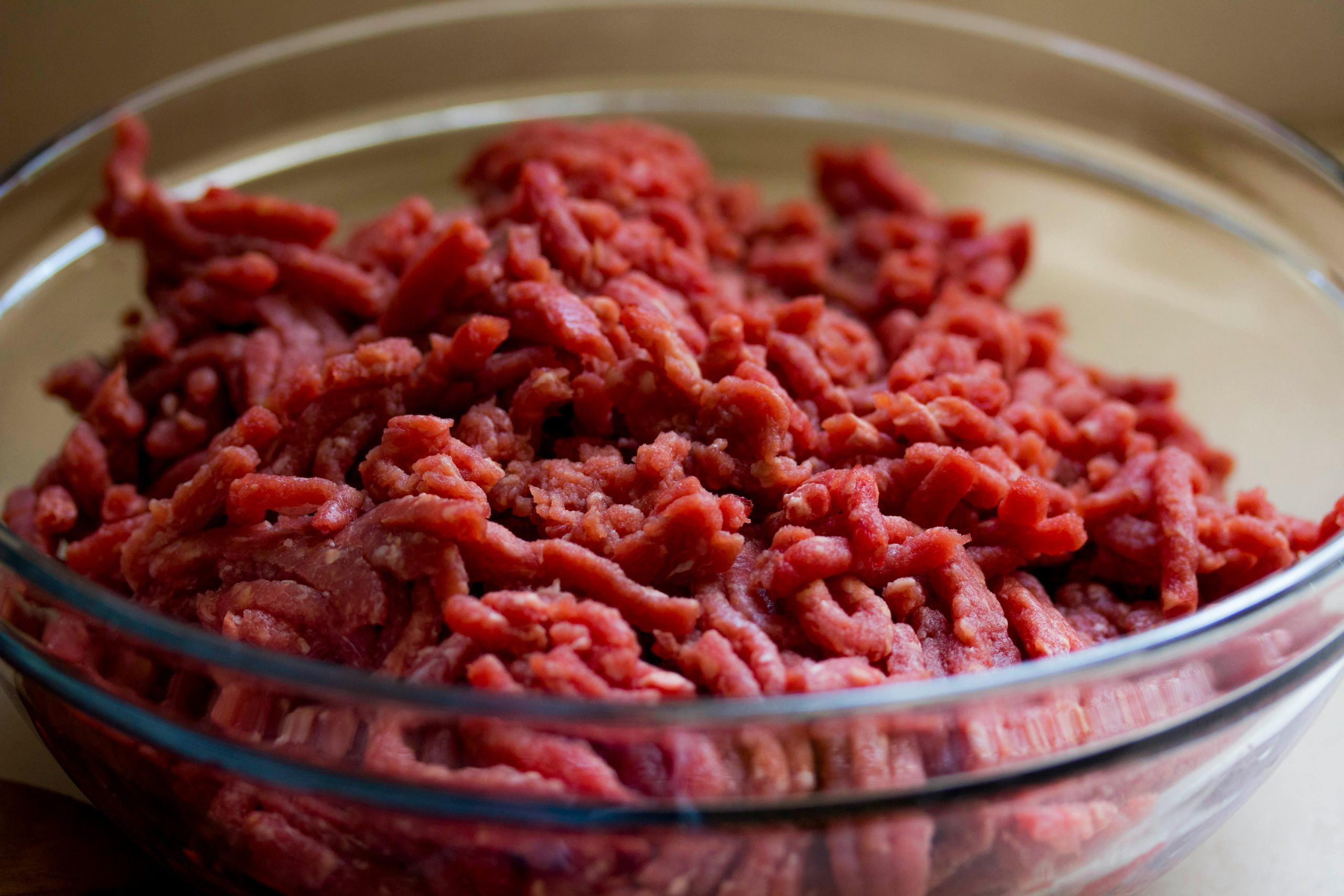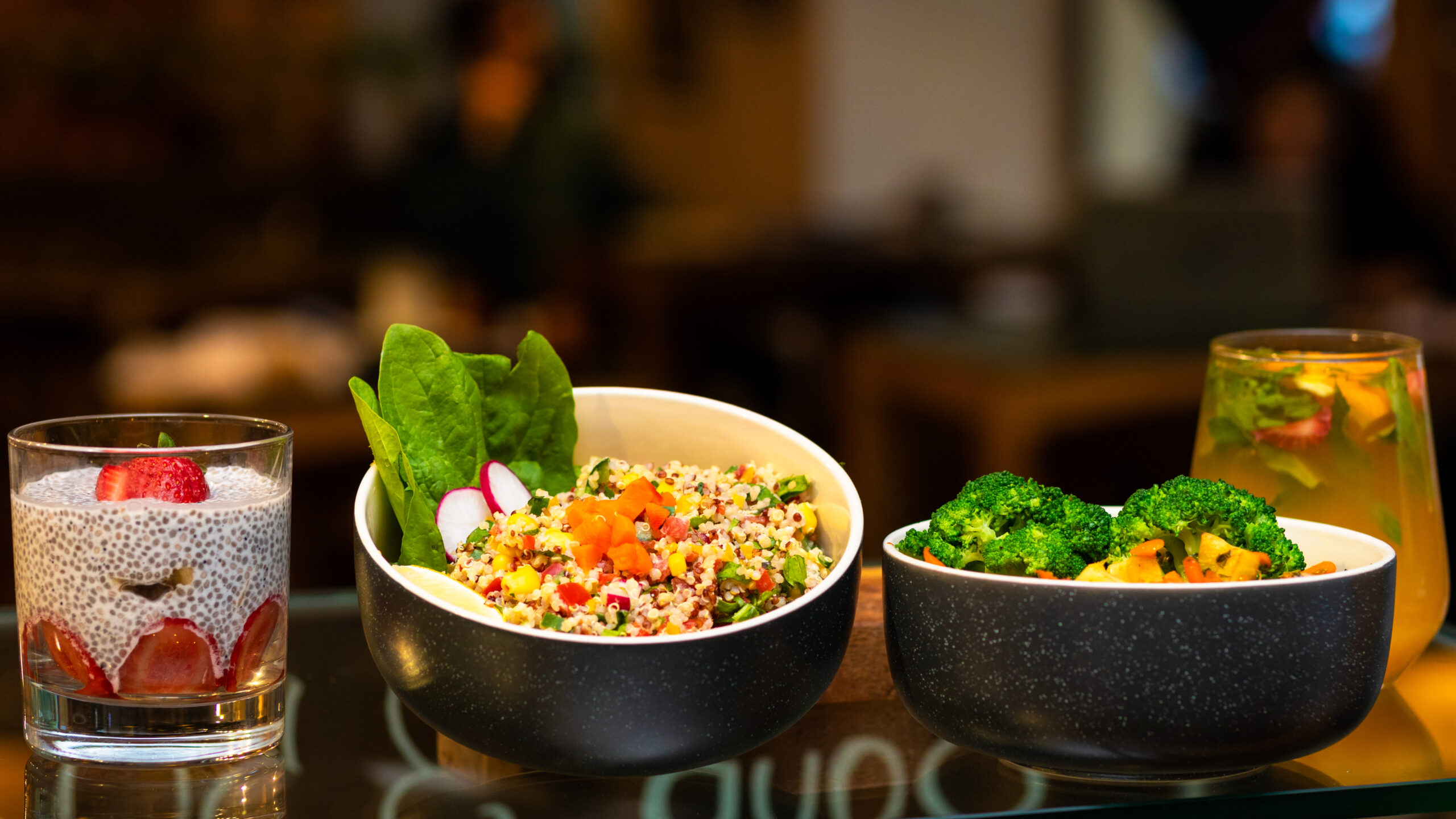The Future of Meat: Lab-Grown Alternatives and Sustainability
It is a fact that cannot be denied that the global food system, especially in terms of meat production, has reached a perfect juncture based on twin challenges; feeding a growing population and related environmental concerns with the use of traditional animal agriculture. By 2050, the population is going to reach up to 9.7 billion, meaning meat consumption will double. This increased demand could exacerbate some of the more damaging impacts of factory farming, such as deforestation, water shortage, and greenhouse gas emissions. UPSIDE Foods and other companies are at the forefront of a revolution in the meat production world, not only encouraging lab-grown meat but also giving reason to believe in ways to meet nutritional needs while preserving the planet.
Lab-Grown Meat: A Sustainable Solution
UPSIDE Foods is one of the leading companies in cultivated meat technology, which produces meat through the direct growth of animal cells in controlled environments. It holds promise for solving many of the problems with traditional meat production, from its environmental footprint to ethical concerns. In this way, he said, cultivation could reduce the negative consequences of factory farming and become a more feasible and sustainable alternative for the production of meat compared to traditional means.

Reducing Environmental Impact
Animal agriculture is one of the biggest greenhouse gas emitters, making up 14.5% of human-produced emissions. It also uses enormous resources of water and causes massive deforestation. Lab-grown meat would require less use of natural resources and has the potential to cut up to 96% of some emissions compared to the traditional production method of meat. UPSIDE Foods’ recent FDA approval to sell its cell-cultured chicken products sets a milestone that underlines the viability of producing meat in a way that does not harm animals or the environment.
Besides reducing GHG emissions, lab meat can reduce land and water presumably two of the most valuable resources in the fight against climate change. Traditional meat production requires large swaths of land for grazing and feed crops, leading to massive deforestation and habitat loss. In sharp contrast, cultured meat can be manufactured in urban settings, drastically cutting down land use and preserving natural ecosystems.
Nutritional and Ethical Advantages of Cultivated Meat
Beyond the environmental benefits, lab-grown meat also possesses certain strong nutritional and ethical advantages. Because the use of antibiotics in factory-farmed animals and the risk of diseases from those same animals are on the rise globally, cultivated meat has thus proven a safer substitute. Lab-grown meat does not contain antibiotics or the risk of contamination from harmful pathogens such as salmonella or E. coli, which makes it far healthier and more reliable for consumers.
Customizing Meat for Health
Lab-grown meat may be tailored to be healthier than traditionally produced meat. This might include lower saturated fat levels and higher levels of beneficial nutrients, such as omega-3 fatty acids. Because of this, customization of nutritional content not only presents consumers with a more viable option but also a healthier alternative, thus heading off high-fat content concerns generally associated with traditional meat.
Ethical Meat Without Animal Slaughter
There are also growing ethical concerns among consumers about raising meat. Cultured meat solves the moral problems of factory farming, where animals are brought up under inhuman conditions and slaughtered for food. UPSIDE Foods can provide real meat by culturing meat from animal cells without having to raise and slaughter billions of animals every year. This marks a win not only in the name of animal rights but also in most aspects of the food system, as it enacts change that is more compassionate and humane.
Overcoming the Challenges with Clean Meat Manufacturing
While the prospect of lab meat sounds really promising, there are a number of challenges that remain to be overcome before lab-grown meat becomes mainstream, including scaling production.
The greatest challenge remains scaling up production to meet the rising demand for protein worldwide. So far, cell culture media used to grow animal cells in the lab are expensive and often reliant on animal components. The development of cost-effective, animal-free alternatives will be required to enable large-scale production of lab-grown meat at commercially viable prices.

Environmental Considerations
Lab-grown meat is touted to be friendlier to the environment compared to traditional meat. However, its production entails high energy usage. These bioreactors require sterile conditions for the growth of meat cells and are power-consuming in nature for upkeep; therefore, unless renewable forms of energy are employed, cultured meat may have a higher carbon footprint compared to conventionally produced meat. This, therefore, places UPSIDE Foods and others in a position to frugally use energy in their operations and consider sources of energy that are environmentally friendly to curb further environmental degradation resulting from this cultured meat.
Consumer Acceptance
Consumer acceptance is going to be paramount in the success of in vitro meat. For many, there is still considerable fear about the idea of eating meat developed in a laboratory because such meat will lack taste, might not be safe, and is unnatural. To demolish this fear, education and transparency need to be two of the main points of focus for the companies so that the consumers may learn and be aware that this meat is healthy and good. Taste tests, partnering with chefs, and marketing campaigns emphasizing the sustainability and health benefits of cultivated meat are all going to be important for shifting public perception.
Sustainable Path to Meat Production
Innovation characterizes the future of meat production and, more importantly, lab-grown meat as one of the most viable solutions to the issues of sustainability, health, and animal welfare. With biotechnology continuing to advance, companies like UPSIDE Foods are leading the way toward a future of food production that could greatly reduce the footprint of our diets on the environment while offering a cruelty-free alternative to traditional meat.

A Global Tectonic Shift of Food Systems
Lab-grown meat will definitely form part of this global shift toward sustainable food systems. In fact, according to a study published by PLOS Climate, a full-scale transition away from traditional meat production will maintain steady greenhouse gas levels for 30 years and offset a significant percentage of this century’s CO2 emissions. This underlines how such alternative ways of meat production should form part of a greater strategy in the fight against climate change.
Conclusion: Lab-Grown Meat-the Future of Sustainable Protein
In short, that is how one might imagine the game-changing turnaround that we will make in the way in which we produce and consume our protein. Considering companies like UPSIDE Foods leading from the front, the possibility does not look very far ahead for sustainable and ethical, not to mention healthier meat. While many challenges need to be met for scalability, cost reduction, and consumer acceptance, at least it appears promising so far.











